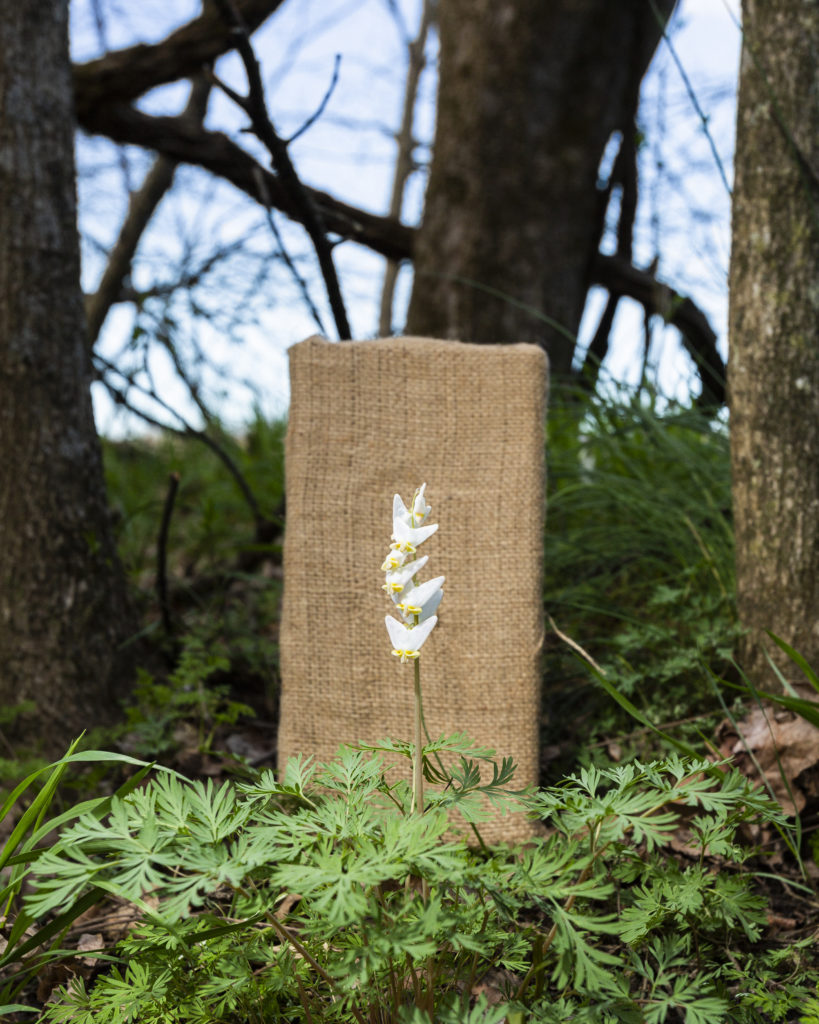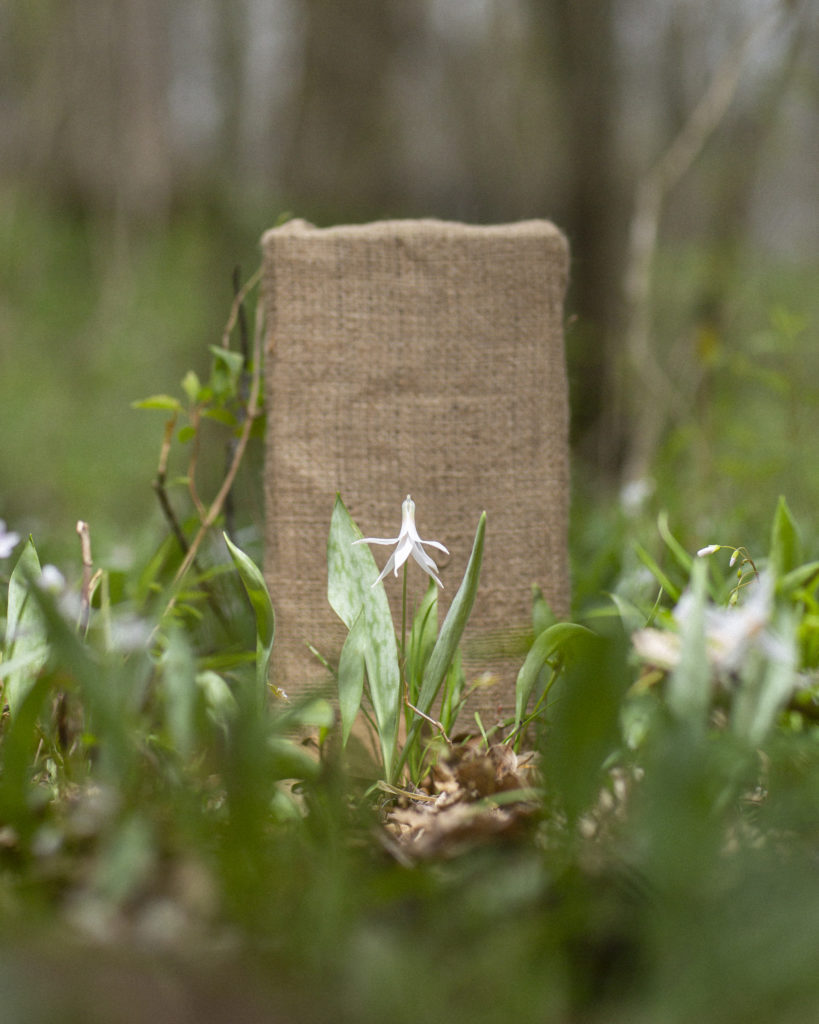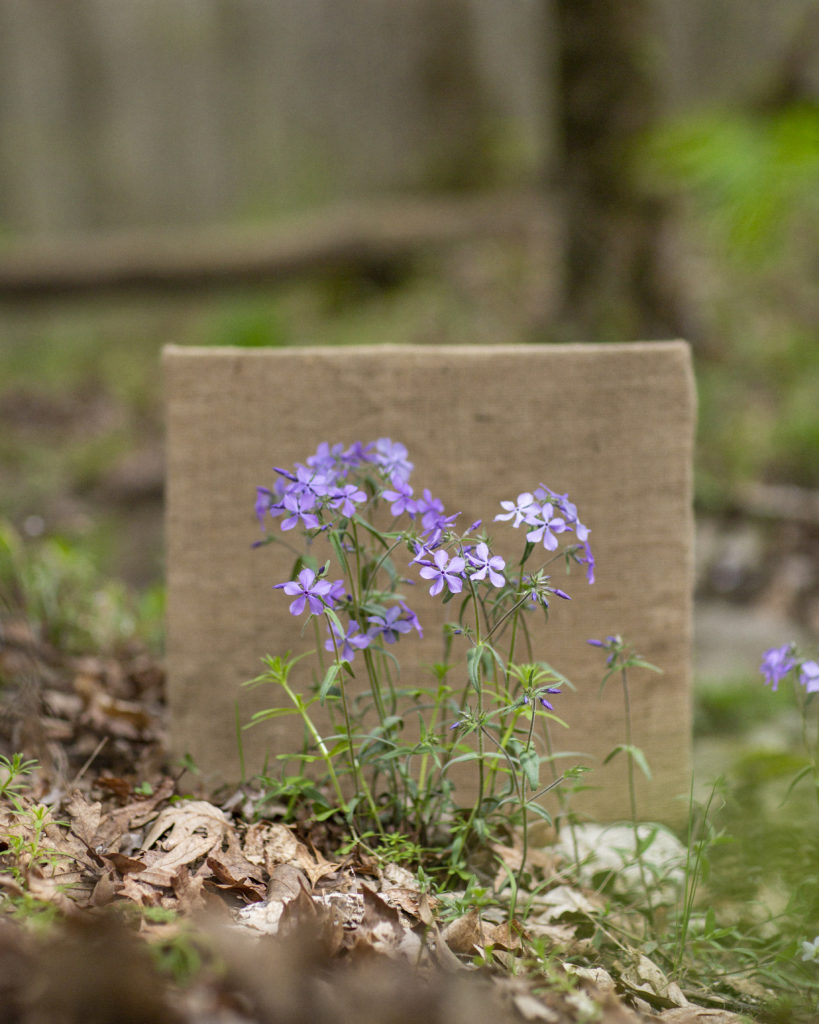By Ali Eisenhauer
Photography by Aaron Eisenhauer
My wildflower guide is creased and dog-eared, its pages full of scrawled notes of when and where I found each bloom.
I’ve always had an affinity for wildflowers, but it wasn’t until I moved into the country that I became interested in pursuing a deeper connection with them. It first became a quest to simply learn all their names. The showiest flowers exhausted themselves within a season, but I realized I kept finding flowers I failed to notice before I slowed down to their speed. I picked up my copy of Missouri Wildflowers from the Missouri Department of Conservation to help in identifying all these new friends.
Someday I will lay claim to greeting each and every one.
Every season holds its own in beauty, but there is something so divine in the late winter transition to early spring. The arrival of those precious first spring ephemerals means the days are at last long enough to coax life, my own included, out of winter hiding. This is when I eagerly await the trout lily. They sneak up their mottled foliage through the leafy blanket on the forest floor long before most others dare. When you stop to admire that first leaf, an expansive colony will suddenly come into focus all around you. Soon after, their bell-shaped blooms will delicately bow to the forest floor, petals recurve back, hovering only a few inches tall. What’s most striking about the trout lily is how slow they are to spread. Large colonies can be hundreds of years old.
I often pause on this thought as I kneel down to inspect the blooms. Arriving only a couple of days after, bluebells and Dutchman’s breeches are much more dramatic in their display, dappling the rich wooded creek banks near my home. They come and go so quickly; if you’re not waiting at their door, you can easily miss the opportunity to say hello for the year.
When I was a child, my grandma was sure to receive a bouquet of blue phlox each year. While now I cringe at the way I ruthlessly picked those blooms, it instilled in me the joy flowers can bring. These are one of the few spring flowers that grows bountifully around every corner and manages to hang around until the heat-loving summer flowers hit their stride.
Jerusalem artichoke will greet you with a smell of chocolate if you sniff it out from all the numerous other yellow flowers of the daisy family. Cup plant towers tall on sunny edges of fields — its leaves come together at its square stem to make a bowl that will collect rainwater for the insects to drink. Spotted-touch-me-nots hang like little cornucopias on a wily bush. Be sure to inspect them as they are fading; the seed pods are waiting for any provocation to explode and shower their seed.
Spatterdock is a yellow water lily that grows around the edges of lakes and ponds. Paddling alongside them to see the life that hides within is a favorite activity of summer. And of course, black-eyed-susans, the quintessential flowers of summer. They command fields and roadsides and are always busy with pollinators. New England aster appears with its slender, vibrant purple petals when the dog days of summer just couldn’t get any worse, and when you see it, you know the relief of autumn is on the way.
The first frost of autumn was something I used to take little notice of. Now, I hold it as one of the most sacred of days, as it is the single most transformative day of the year. At first light, I like to take a stroll in the quiet chill. Tender summer flowers and plants will remain perfectly frozen in place until the first rays of sunlight release them. Yesterday, they basked in those rays, today they will yield to the accomplishment of another revolution around the sun. Their turn will come again. And I will be there, again waiting for that first trout lily to emerge.
It is a special thing to know the name of a flower, to know exactly when and where to look for it, to recognize its foliage before it blooms, to appreciate the bloom while it is here, and to recognize the dried and dead remains covered in a deep winter frost. Only now am I realizing fully what the wildflowers have given me. They offer me space to focus and quiet the mind. They teach anticipation and patience, of appreciation of beauty in the here and now, of letting go when the time has come.
It is this rhythm that drew me in, and it is this rhythm that holds me close. They are my happy place. They are my friends.





1 Comment